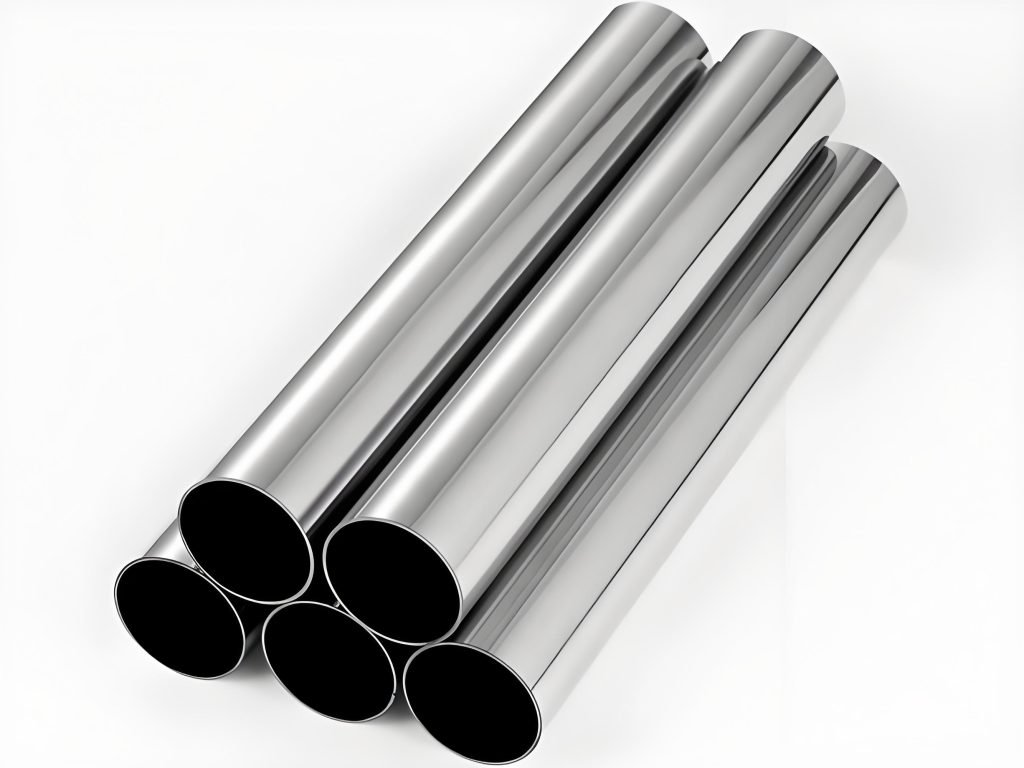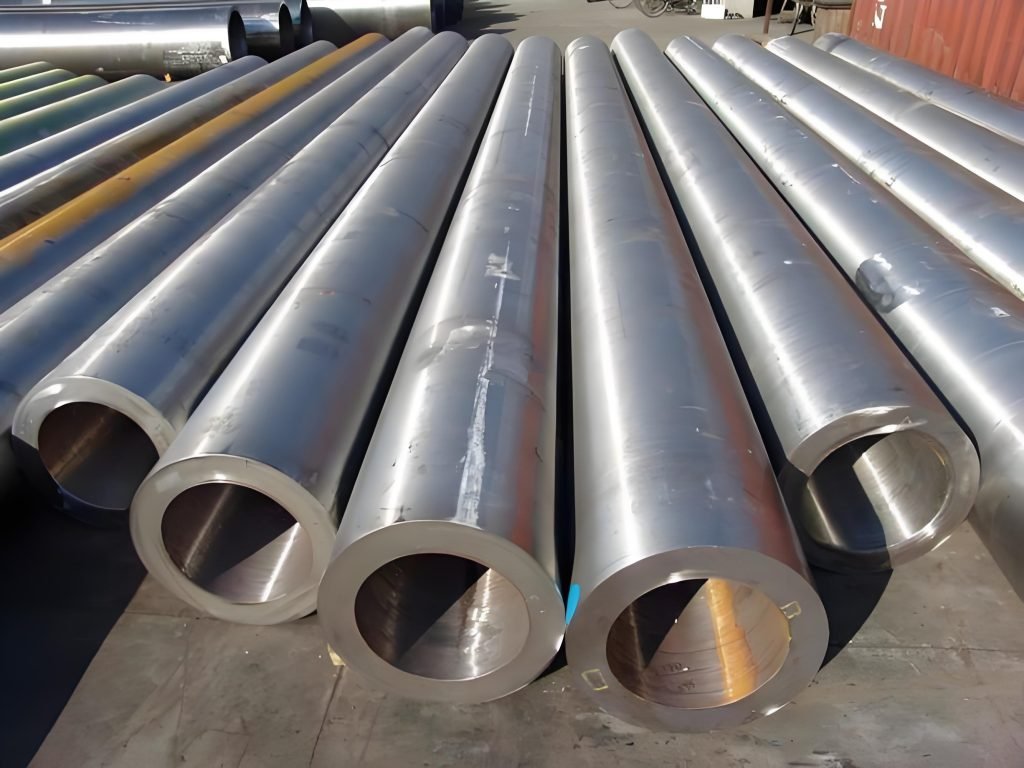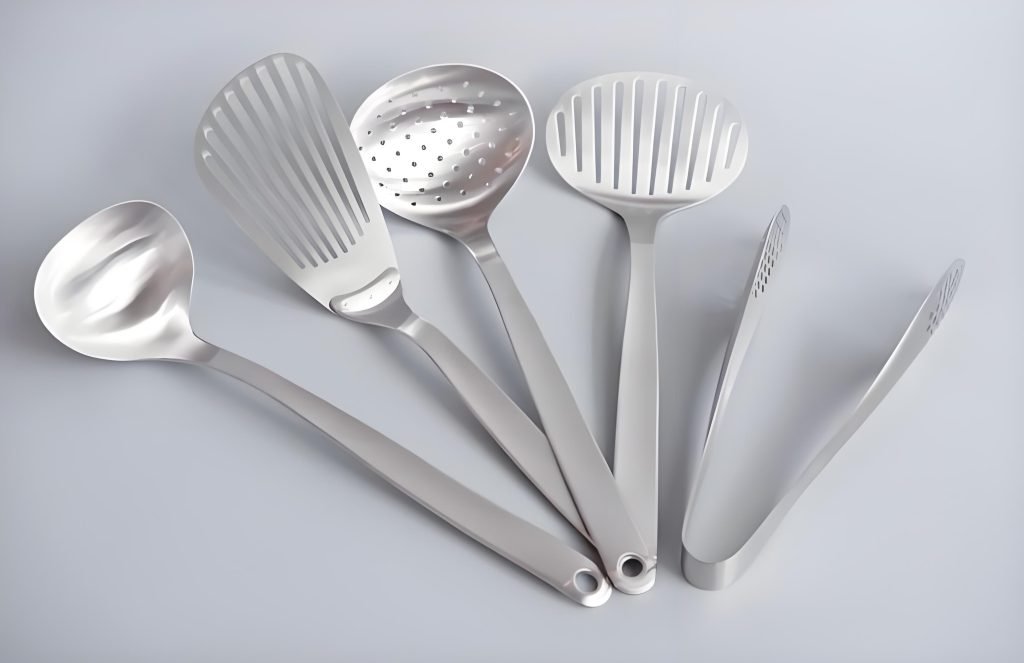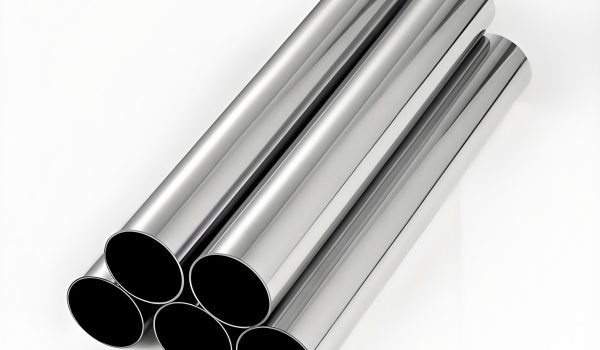Are you aware of the differences between the most commonly used stainless steel grades in modern manufacturing? Choosing between them without understanding their unique properties can lead to premature failure or unnecessary expenses.
Both 304 and 316 grades belong to the austenitic class, known for their high resistance to heat, abrasion, and corrosion due to their chromium and nickel content. Understanding the distinctions between these two popular types of steel is crucial for selecting the right material for your specific applications.
This comprehensive guide will explore the composition, properties, and applications of these materials, helping you make informed decisions. By the end of this article, you’ll have a clear understanding of when to use each grade and the factors that should influence your decision-making process.
Understanding Stainless Steel Basics
Stainless steel is a versatile material used in a wide range of applications, from kitchen utensils to industrial equipment.
What Makes Steel “Stainless”
Stainless steel earns its “stainless” quality from its chromium content. The chromium forms a passive oxide layer that protects the steel from corrosion and rust. This self-healing layer is what makes stainless steel resistant to staining, corrosion, and oxidation that would affect regular
How Stainless Steel Grades Are Categorized
Stainless steel grades are categorized based on their crystalline structure into five main classes: austenitic, ferritic, martensitic, duplex, and precipitation-hardening. The austenitic class, which includes 304 and 316 stainless steel, is known for its high levels of chromium and nickel, making it non-magnetic and highly resistant to corrosion.
304 Stainless Steel: Properties and Applications

You may have come across 304 stainless steel in your daily life, but do you know what makes it so special? This versatile material is widely used in various industries due to its unique combination of properties.
Chemical Composition of 304 Stainless Steel
304 stainless steel, often referred to as the standard “18/8” stainless, contains approximately 18% chromium and 8% nickel, with trace amounts of carbon (0.08% maximum), manganese, silicon, and other elements. The presence of chromium provides excellent corrosion resistance, while nickel adds to its durability and formability.
Physical and Mechanical Properties
The physical properties of 304 stainless steel include a melting point of 1450°C, density of 8.00 g/cm³, thermal expansion of 17.2 x10^-6/K, and thermal conductivity of 16.2 W/m.K. Mechanically, it offers excellent tensile strength (500-700 MPa), good elongation (minimum 45%), and moderate hardness (215 Max HB), making it suitable for a wide range of temperature applications and easy to fabricate.
Common Applications for 304 Stainless Steel
The food industry widely uses 304 stainless steel because it meets FDA sanitary regulations, withstands powerful cleaning chemicals without corroding, and is ideal for food preparation equipment, cookware, and commercial kitchen applications. Beyond food applications, 304 stainless steel is commonly used in architectural elements, medical equipment, chemical containers, and household appliances due to its excellent corrosion resistance and aesthetic appearance.
316 Stainless Steel: Properties and Applications

The properties of 316 stainless steel make it an ideal choice for demanding applications. This alloy is known for its enhanced corrosion resistance, thanks to its composition.
Chemical Composition
316 stainless steel contains 16% chromium, 10% nickel, and 2% molybdenum. The addition of molybdenum significantly enhances its corrosion resistance, particularly against chlorides and other harsh chemicals.
Physical and Mechanical Properties
Physically, 316 stainless steel has a melting point of 1400°C and a density of 8.00 g/cm³. Mechanically, it offers good tensile strength (400-620 MPa) and excellent elongation (minimum 45%). Its moderate hardness (149 max HB) provides durability in demanding conditions.
Common Applications
316 stainless steel excels in marine environments and is used for boat components, water-handling equipment, medical devices, and chemical processing equipment. Its superior corrosion resistance and aesthetic qualities make it suitable for iconic structures like the Chicago Bean.
304 Stainless Steel vs. 316 Stainless Steel: Key Differences
When deciding between 304 and 316 stainless steel, understanding their key differences is crucial for making an informed decision. Both grades have their unique properties and applications, making the choice between them dependent on several factors.
Corrosion Resistance Comparison
The primary difference between 304 and 316 stainless steel lies in their corrosion resistance. 316 stainless steel contains molybdenum, which provides superior protection against chlorides, salts, and acids, making it ideal for marine environments and chemical processing. While both grades offer excellent corrosion resistance in general environments, 316 stainless steel significantly outperforms 304 when exposed to salt spray, brackish water, or chlorinated environments.
Heat Resistance Differences
Heat resistance varies between the two grades. 304 stainless steel has a slightly higher melting range, around 50 to 100 degrees Fahrenheit higher than 316. However, 304 may experience corrosion when continuously used between 425-860°C. On the other hand, 316 stainless steel performs optimally in temperatures above 843°C and below 454°C, making it suitable for high-temperature applications in chemical processing and industrial settings.
Price and Cost Considerations
Cost is a significant differentiator between 304 and 316 stainless steel. The addition of molybdenum and higher nickel content in 316 makes it more expensive than 304. On average, the price of 316 stainless steel is about 40% higher than 304, making the selection decision often a balance between performance requirements and budget constraints.
Similarities Between 304 and 316 Stainless Steel
When comparing 304 and 316 stainless steel, it’s essential to recognize their shared characteristics. Both are austenitic stainless steels that exhibit non-magnetic properties and excellent formability, making them versatile for various manufacturing processes.
Shared Physical Properties
Both 304 and 316 stainless steel grades share similar physical properties, including a comparable density of approximately 8.00 g/cm³ and a modulus of elasticity of 193 GPa. Their thermal conductivity is also similar, which makes them behave similarly in many structural applications. This similarity in physical properties is due to their analogous chemical compositions, primarily consisting of iron, chromium, and nickel.
Manufacturing Processes
The manufacturing processes for both 304 and 316 stainless steel are nearly identical. They involve melting chromium, iron, nickel, and other trace elements into a furnace to create a molten mixture, which is then cast into various forms. These forms are subsequently processed through hot rolling, annealing, and finishing operations to achieve the desired properties and surface finish.
How to Choose Between 304 and 316 Stainless Steel
To make an informed decision between 304 and 316 stainless steel, you need to consider the specific demands of your application and the environment in which the material will be used. This involves evaluating several key factors that can impact the performance, longevity, and cost-effectiveness of your product.
Environmental Considerations
The environment where your product will be used is a primary consideration. For marine, coastal, or chemical-heavy settings, 316 stainless steel is often the better choice due to its superior corrosion resistance. In contrast, for indoor applications or environments without significant exposure to corrosive elements, 304 stainless steel typically provides sufficient corrosion resistance at a lower cost.
Application-Specific Requirements

Your specific application should also guide your decision. For instance, food processing equipment that requires frequent cleaning with harsh chemicals may benefit from 316 stainless steel’s superior chemical resistance. On the other hand, standard kitchen equipment may perform well with 304 stainless steel.
Budget Constraints and Value Analysis
Budget constraints play a significant role in choosing between 304 and 316 stainless steel. While 316 stainless steel comes with a higher upfront cost, its extended durability and reduced maintenance needs can provide better value over time, especially for long-term installations in harsh environments.
By carefully considering these factors, you can make an informed decision that balances performance, durability, and cost, ensuring the success of your project.
Conclusion
To make an informed decision, it’s essential to understand the key differences between 304 and 316 stainless steel. Both materials offer excellent corrosion resistance, durability, and versatility, but they serve different needs based on their unique properties and cost considerations. 304 stainless steel is a practical choice for general applications due to its balance of corrosion resistance and cost-effectiveness, while 316 stainless steel is better suited for harsh environments due to its enhanced corrosion resistance.




